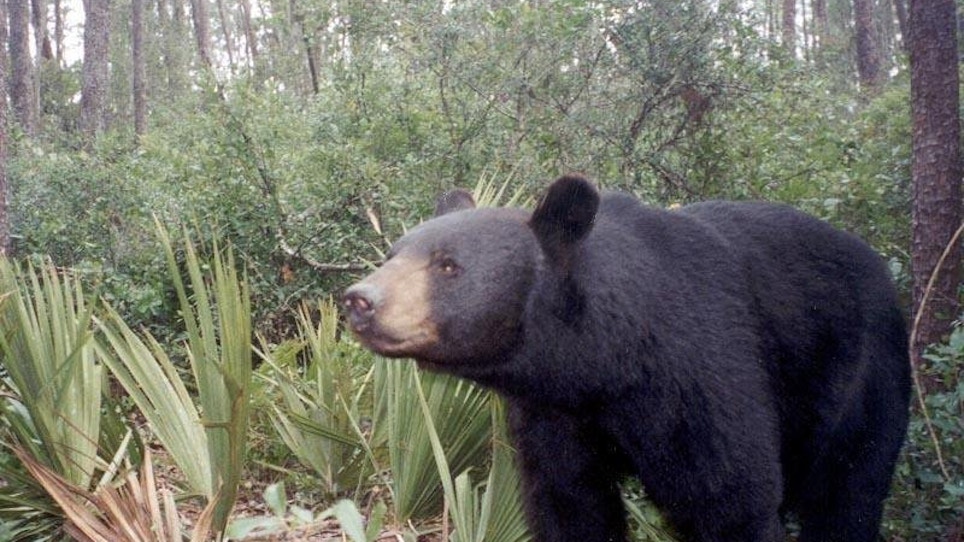After 20 year ban, Florida bear hunt nets nearly 300. Ended in one day in some parts of the state
“The 2015 bear hunt is officially over.”
With that Florida Fish and Wildlife Conservation Commission statement, the state's potentially 7-day long black bear season ended the night of October 25, after just two days.
The hunt actually concluded for central and eastern panhandle units after the first day, October 24, when 207 bears were taken in those regions — including the Apalachicola National Forest, which has a large bear population and lots of public land. By the evening of October 25, the North and South units were shut, with close to 100 more bears harvested, effectively ending the season.
Wildlife officials considered the hunt a success, with the tally of 298 bears taken — very close to top range of 320 animals they hoped to harvest on this, the first bear hunt in the state in over 20 years. Very few violations were encountered, with just two undersized bears taken. Hunters were required to check killed bears within 12 hours at one of 33 checking stations set up around the state.
“We started this with harvest objectives that were very conservative and very mindful that we were doing this for the first time in 21 years, and there were uncertainties,” said Nick Wiley, executive director of the Florida Fish & Wildlife Conservation Commission, at a Sunday news conference, reported the Orlando Sentinel. As recently as 2012, bears had been on the endangered species list in the state.
“The Commission took a conservative approach to setting harvest objectives, building in buffers so the number of bears harvested will stabilize growing populations while ensuring healthy bear numbers,” said Tammy Sapp, a spokesperson for the Fish and Wildlife Conservation Commission.
But the animals had become a growing nuisance across Florida from the lack of hunting, damaging property, wandering nonchalantly through suburbs and swimming in backyard pools. Several bear-human encounters resulting in injuries had also occurred in the central part of the state.
Wildlife officials believe the state has a healthy bear population of 3,000-3,500 animals. They admit they were a bit surprised at how quickly the quota was approached, with potentially a week-long season scheduled.
They credit this to good preparations by hunters who scouted and planned their hunts well and by the lack of hunting any pressure the bears had been exposed to. Officials hoped to accomplish three main goals with the hunt: stabilize the bear population, reduce human-bear conflicts, and provide a recreational opportunity for sportsmen and women.
Several groups had tried to stop the hunt through legal challenges, but failed. Protests were common, but did not apparently disrupt hunters. A total of 3,778 permits had been issued for the historic bear hunt, starting in August.






